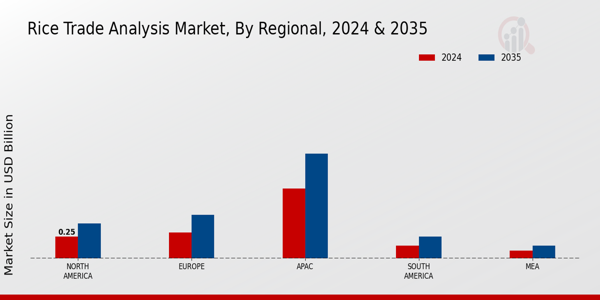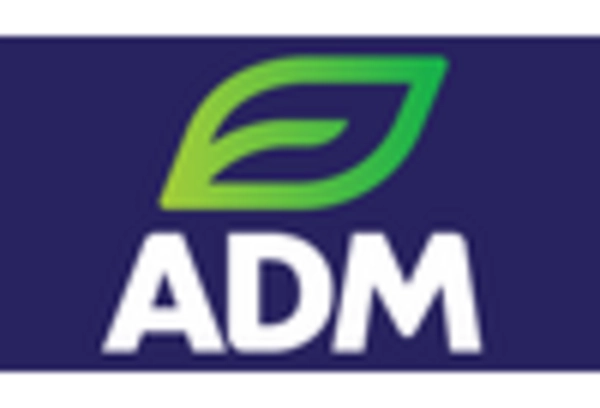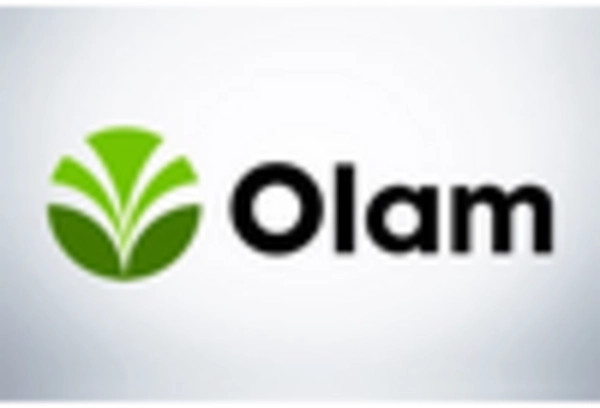Rice Trade Analysi Market Summary
As per MRFR analysis, the Rice Trade Analysis Market was estimated at 1.594 USD Billion in 2024. The rice trade industry is projected to grow from 1.66 USD Billion in 2025 to 2.498 USD Billion by 2035, exhibiting a compound annual growth rate (CAGR) of 4.17 during the forecast period 2025 - 2035.
Key Market Trends & Highlights
The Rice Trade Analysis Market is currently experiencing a dynamic shift driven by sustainability and technological advancements.
- North America remains the largest market for rice trade, characterized by robust supply chain management practices.
- The Asia-Pacific region is emerging as the fastest-growing market, propelled by changing consumer preferences and increasing demand.
- Supply chain management continues to dominate the market, while price analysis is rapidly gaining traction as a key segment.
- Market drivers such as increasing demand for rice and technological innovations in agriculture are significantly influencing trade dynamics.
Market Size & Forecast
| 2024 Market Size | 1.594 (USD Billion) |
| 2035 Market Size | 2.498 (USD Billion) |
| CAGR (2025 - 2035) | 4.17% |
Major Players
Olam International (SG), Archer Daniels Midland Company (US), Cargill, Incorporated (US), Riceland Foods, Inc. (US), Thai Rice Exporters Association (TH), Vietnam Southern Food Corporation (VN), Tilda (GB), SunRice (AU), Kohinoor Foods Limited (IN)


















Leave a Comment